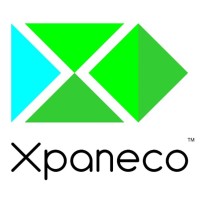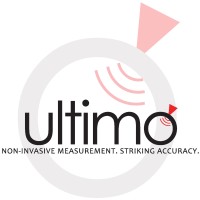
Xpaneco
2006 was the start of Mr. Brundin’s visionary journey to create affordable, sustainable building material, with the aim to globally provide affordable housing for the millions of less fortunate. Xpaneco is the result of years of research and development, evaluating numerous building technologies, and various construction techniques and materials used, bearing in mind nowadays changing global weather conditions, with everything from hurricanes, over typhoons, to earthquakes and various other high tech requirements. Xpaneco is a versatile self-supporting panel construction method, not requiring any additional supporting beams or even tools to assemble. Due to Xpaneco’s variety in high-density but low-weight , as well as high-insulation value, the panels can be used not only for low-budget housing, but also high end luxury homes. But housing isn’t the only application! Xpaneco’s unique construction method is particularly relevant in the speedy and low cost construction of schools, hospitals, government & military buildings, saving up to 50% in time and up to 70% cost saving compared to traditional construction methods. Xpaneco delivers an A-Z concept, providing production in-house as well as construction process - the Xpaneco1230M is the mobile production unit, producing the versatile and durable and sustainable Xpaneco concept panels. Today Xpaneco Group is based in Sweden, continuing to strive to be in the forefront of panel production technologies for construction






